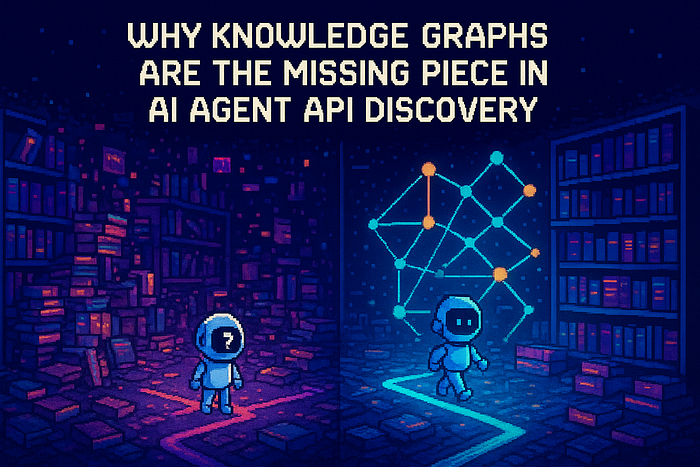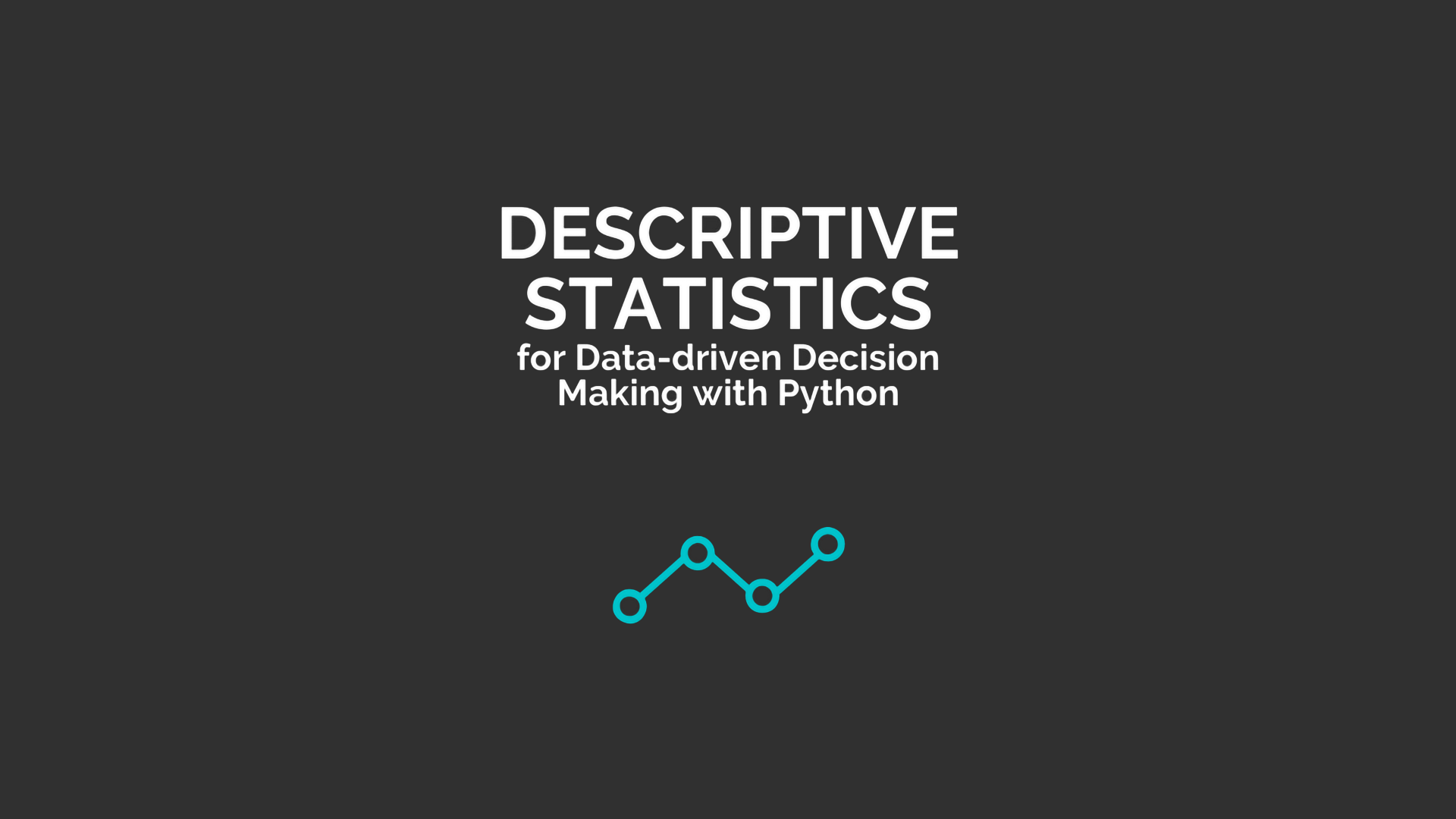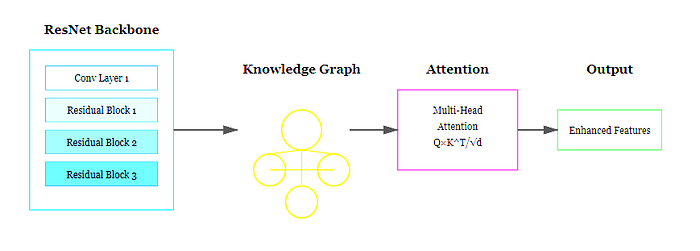How to Build Bulletproof Data Pipelines with PySpark That Actually Scale
Author(s): Yuval Mehta
Originally published on Towards AI.
We’re past the era when a CSV, a Pandas DataFrame, and a single machine could handle everything you threw at them. Data is heavier now. It arrives fast, grows faster, and expects answers faster still. If you’re scaling anything, dashboards, ML pipelines, anomaly detection systems, you’ve already hit the limits of local computation. That’s when PySpark becomes less of a curiosity and more of a necessity.
But using PySpark effectively doesn’t mean just translating Pandas code to a cluster. It demands a shift in mindset, from “run the code” to “orchestrate the execution.” Because at scale, performance is design. And every transformation you chain, every join you trigger, every shuffle you allow matters.
Spark’s Under-the-Hood Orchestration
At a high level, Spark runs distributed jobs. But under the hood, it’s a finely tuned DAG engine. Your PySpark code is parsed by the driver, broken into logical steps, and then executed across executors. These executors work in parallel on partitions of your data, and Spark uses a Directed Acyclic Graph (DAG) to schedule the entire flow.
But here’s the real kicker: nothing runs until you trigger an action. PySpark builds the DAG lazily, just a blueprint. Once an action like write(), count(), or show() is invoked, Spark compiles and executes the graph, often optimizing far beyond what you originally wrote.
Think of Spark as a compiler for your data logic. You describe what you want. It figures out how to do it. And recently, it’s gotten a lot smarter at it.

Transformations vs. Actions: Intent vs. Execution
In PySpark, transformations are lazy. When you call select(), filter(), or groupBy()You’re not doing anything yet. You’re just describing a pipeline.
It’s only when you call an action, like collect(), write(), or count()that Spark springs into action.
This matters more than it seems. Because Spark can look at your entire chain of transformations and rearrange them, optimize joins, prune columns, and avoid unnecessary reads. It can combine multiple steps into one stage, delay heavy operations until absolutely necessary, and reuse cached data intelligently.
The difference between a “slow” pipeline and a production-grade one? Often just better sequencing and Spark’s ability to recognize it.

Real Pipelines Are Not Just Bigger Pandas
Imagine you’re handling a daily retail ETL job:
- Incoming sales data lands hourly in a data lake.
- Inventory and pricing data is stored as Delta tables.
- You’re joining them, filtering by geography, aggregating by category, and writing summary reports.
This isn’t just a bigger version of a Pandas script. At this scale:
- Shuffles become your biggest enemy.
- Skewed keys can stall tasks for minutes.
- Caching saves minutes when done right, but burns memory if done wrong.
- Partitioning strategy defines your write throughput.
And Spark isn’t passive anymore. Thanks to Adaptive Query Execution (AQE), it now learns mid-run: changing join strategies, rewriting plans, even rebalancing skewed partitions if one task starts to lag.
What you write is just the start. What Spark executes is something else entirely.
Optimization Is a Design Discipline
Let’s break down a few levers that matter when performance becomes your bottleneck.
1. AQE Is Non-Negotiable
Adaptive Query Execution, introduced in Spark 3.0 and now mature in 3.5+, enables runtime optimization. Spark can coalesce shuffle partitions based on actual data size, handle skewed joins dynamically, and pick the best join strategy after seeing real stats.
If you’re building anything production-grade, enable it:
spark.conf.set("spark.sql.adaptive.enabled", "true")
2. Repartition Early, Coalesce Late
Need to join two datasets on a high-cardinality key? Repartition them explicitly before the join. This avoids unbalanced workloads. On the flip side, before writing out results, coalesce to reduce the number of tiny output files.
3. Broadcast Wisely
Joining a big table with a small one? Let Spark broadcast the smaller one to all executors to avoid a costly shuffle. AQE can do this automatically now, but you can still force it with:
from pyspark.sql.functions import broadcast
df.join(broadcast(dim_df), "key")
4. Avoid collect() Like It’s Radioactive
Unless you’re dealing with fewer than a thousand rows, collect() is a trap. It pulls data to the driver, breaking the distributed model. Use .show(), .take(n), or .write() instead.
5. Cache With Purpose
Caching makes sense when you reuse a DataFrame multiple times in a DAG. But lazy caching can be a trap: if the dataset is too big to fit in memory, Spark spills to disk, which is often slower than recomputation.
Use:
df.persist(StorageLevel.MEMORY_AND_DISK)
And always monitor your Spark UI for storage-level stats.
Shuffling: Your Silent Performance Killer
The most expensive operation in Spark is shuffling. It’s not just data movement, it’s a networked dance of disk writes, serialization, and inter-executor coordination.
Some operations always cause a shuffle:
groupBy()distinct()join()(unless broadcasted)repartition(n)
Others don’t:
filter()select()map()withColumn()
Minimize wide operations. Push filters early. Partition wisely. Spark’s execution plan (df.explain()) and UI can help identify when you’re shuffling too much.
Formats Matter: Delta and Parquet
Your storage format plays a huge role in pipeline performance. In 2025, Parquet is still a go-to for read-optimized data. But if you’re writing pipelines that update, delete, or merge data or need versioning, Delta Lake is the standard.
Benefits:
- Schema evolution
- Transactional writes
- Time travel
- Built-in optimization commands
Regularly run:
OPTIMIZE sales_table; VACUUM sales_table RETAIN 7 HOURS;
It’s not just storage, it’s pipeline hygiene.
Final Thoughts: Design Like an Architect, Think Like an Optimizer
Data pipelines aren’t scripts. They’re systems.
If you approach PySpark like a bigger Pandas, you’ll build slow, brittle processes that fall apart under pressure. But if you understand the architecture, the difference between narrow and wide transformations, the hidden cost of a shuffle, the power of lazy evaluation, you’ll build pipelines that scale as your data does.
Spark is smart now. It adapts. It tunes itself. But only if you give it a plan worth optimizing.
Build lean. Cache carefully. Shuffle sparingly. And always watch the execution plan.
📚 Further Resources
- Apache Spark 4.0 Release Notes
- Databricks Blog: Introducing Apache Spark 4.0
- PySpark Documentation
- DataCamp: Learn PySpark
Join thousands of data leaders on the AI newsletter. Join over 80,000 subscribers and keep up to date with the latest developments in AI. From research to projects and ideas. If you are building an AI startup, an AI-related product, or a service, we invite you to consider becoming a sponsor.
Published via Towards AI
Take our 90+ lesson From Beginner to Advanced LLM Developer Certification: From choosing a project to deploying a working product this is the most comprehensive and practical LLM course out there!
Towards AI has published Building LLMs for Production—our 470+ page guide to mastering LLMs with practical projects and expert insights!

Discover Your Dream AI Career at Towards AI Jobs
Towards AI has built a jobs board tailored specifically to Machine Learning and Data Science Jobs and Skills. Our software searches for live AI jobs each hour, labels and categorises them and makes them easily searchable. Explore over 40,000 live jobs today with Towards AI Jobs!
Note: Content contains the views of the contributing authors and not Towards AI.














